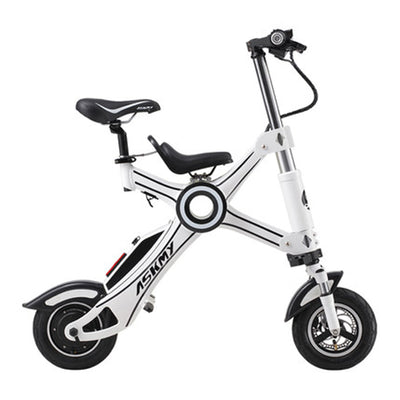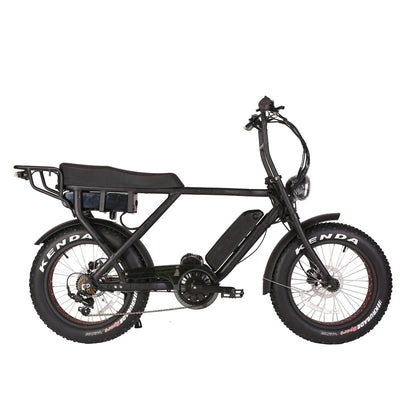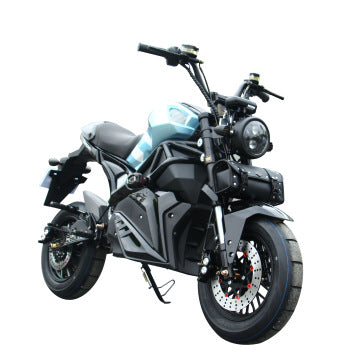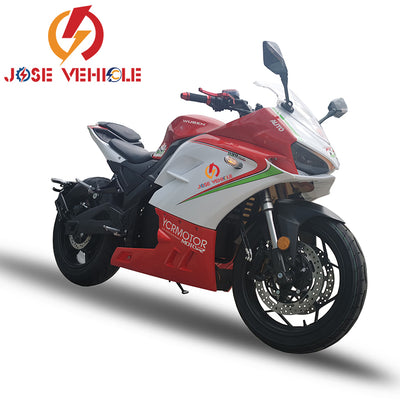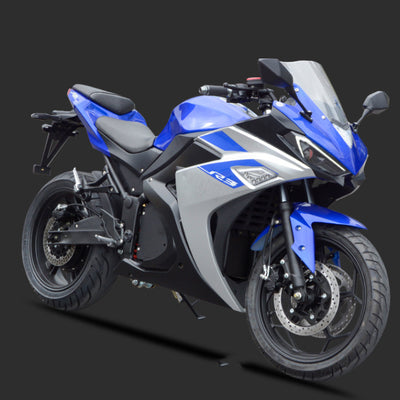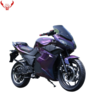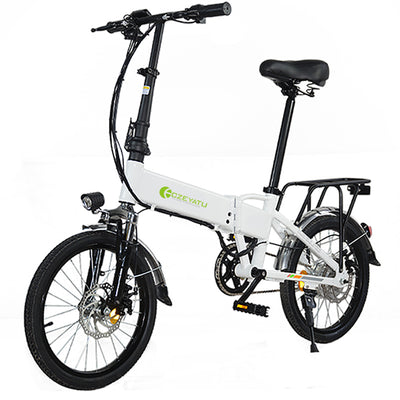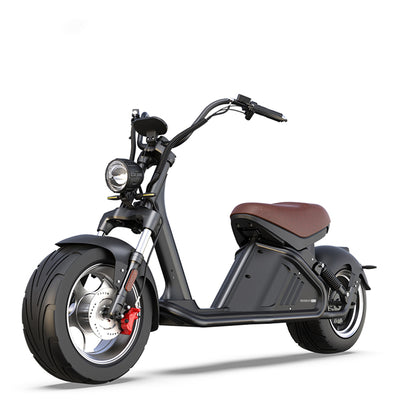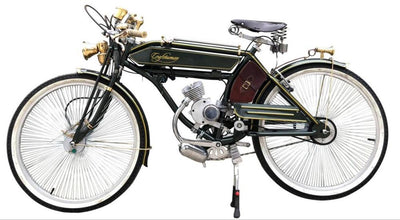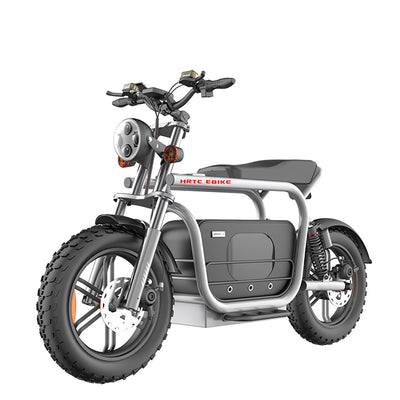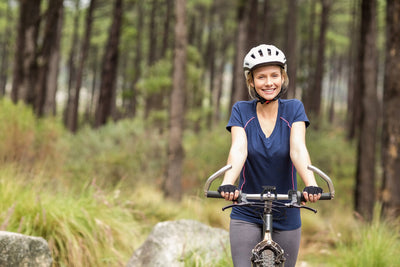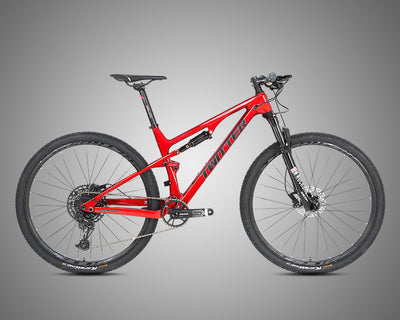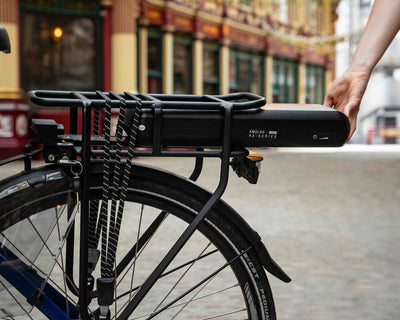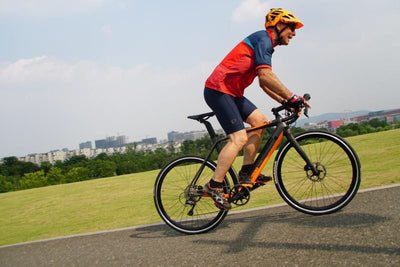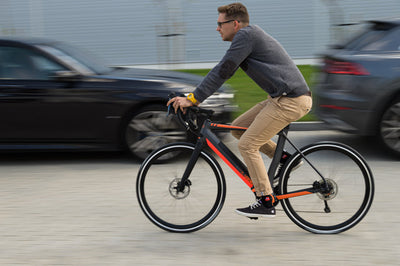Pump it Up: An Ultimate Guide to eBike Tires
Posted by Tom Lee on

Choosing the correct type of tires for your electric bicycle is crucial to ensure optimal performance. It may come as a surprise, but many cyclists don’t realize how important this selection can be. Indeed, without proper tires, the range and speed of your electric bicycle can be severely affected. Why? Because the movement dynamics of an electric bike differ significantly from what you expect in traditional pedal bikes.
Also, the suspension and maneuverability can be affected if you don’t use proper tires for your e-bike. It is because an e-bike has to support the extra weight of the electric motor and battery. Does it sound complicated? Well, it is not. We have prepared this guide that teaches some basics to select the right tires for your two-wheeler. You will also find advice to keep the correct air pressure on your tires. Let’s begin!
What e-Bikes Tyres Are Present in the Market?
The first and the most important - electric bikes need special tires. Yes, you cannot mount tires for a regular bike on your electric vehicle. The reason is simple. The electric motor delivers higher torque and power from the drive wheel. The tires for a conventional bike are not designed for such conditions.
So, whether you own a commuting e-bike or an electric mountain bike (e-MTB), you should always use the type of tires approved by the manufacturer. You can find different types of e-bike tires in the market. They differ in thickness, size, and other characteristics depending on the type of terrain in which they will be used. Let’s review the most common types.
- Light road tires. The majority of people that ride an ebike do it on solid and flat surfaces, like concrete and asphalt. In this case, regular light tires are the best. These tires have smooth tread patterns that enhance maneuverability on hard surfaces. Commuter tires are the most commonly used for riding on paved roads.
- MTB tires. Contrary to light road tires, e-MTB tires have aggressive tread patterns. A knobby tire surface is necessary to maximize traction in uneven terrain. To ensure firm grab, these tires are wider to provide a larger contact area with the ground. What’s more, there are tires for mountain biking in different weather. You can find e-MTB tires optimized for riding on mud, sand, dirt, grass, you name it! So, depending on the season, mountain bikers need to change their tires to match the terrain conditions.
- Off-road tires. These tires are designed for riding on gravel without steep slopes. They have deep tread patterns, but the surface is not knotty. This type of tire is the ideal choice for riding difficult off-road routes.
- Tires for high-power vehicles. These tires are used on motorcycles and other vehicles that generate high torque. Their design makes them suitable to ride on any surface. They’re all-terrain tires - not too wide or too narrow. This tradeoff guarantees good maneuverability while ensuring high traction on any surface. The Delfast TOP 3.0 e-bike uses this type of tire.
How to Check the Air Pressure in Tires?
Another aspect to bear in mind is the tire pressure. Ideally, you should stick to the manufacturer's recommendations. Otherwise, if the pressure is too low, your e-bike may not ride as easily and smoothly as it should. Unfortunately, many riders forget to pump air into their tires regularly until it is too late (a flat tire!).
So, how to determine the optimal tire pressure? The easiest way is to look at the sidewall of the tire. Manufacturers usually print the recommended minimum and maximum pressure values on that part of the tire.
OK, now you know the optimal pressure for your tires. How can you check whether the current pressure is the right one? A simple way is to use a gauge to measure it. If you don’t have such a device, there are empirical ways to do it. One way is to pinch the sides of the wheel. You should feel that the tire is solid. Alternatively, you can take a short ride and be attentive for any uncommon feeling like vibration or a noticeable decrease in speed.
If you are unsure about it, you can always take your two-wheeler to an e-bike service center. A professional technician can inject more air if necessary.
How to Fix the Air Pressure?
Failing to keep tire pressure within the recommended values can be disastrous for your vehicle. For example, low tire pressure can damage the rims. If that happens, you will end up buying new wheels much earlier. The range and speed of your e-bike will also suffer. However, some riders intentionally keep the pressure low to increase the contact area of the tires with the terrain. It is common practice during winter when slippery roads abound.
On the other hand, some riders keep the tire pressure higher than recommended. By doing so, the contact area of the tire reduces thereby allowing for higher speed and a longer range. But it comes at a cost. If the tire pressure is excessively high, you can feel bumps much more jarring. Your ride will be uncomfortable as a result.
So, to find the optimal tire pressure for your riding style, you have to experiment. Play around with the tire pressure and see what fits your riding style best. But try to keep the pressure within the pound per square inch (psi) range recommended by the manufacturer. To do so, you can purchase a pump with a gauge. As you inflate the tire, the gauge will indicate the current tire pressure in psi units. Once you find the optimal tire pressure, the next step is to go out and enjoy your e-bike rides!
You are ready to conquer new routes!
We hope today’s information will help to take care of the tires correctly. Here, you can learn in detail about electrical components, and for more articles about e-bikes and their maintenance, we invite you to subscribe to the Delfast newsletter. Stay tuned!
- Tags: aliexpress electric bike

